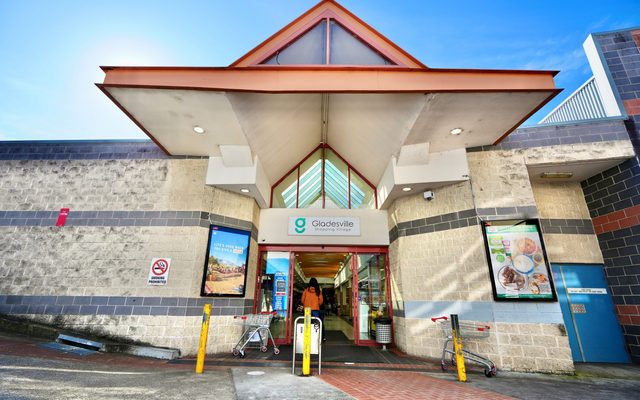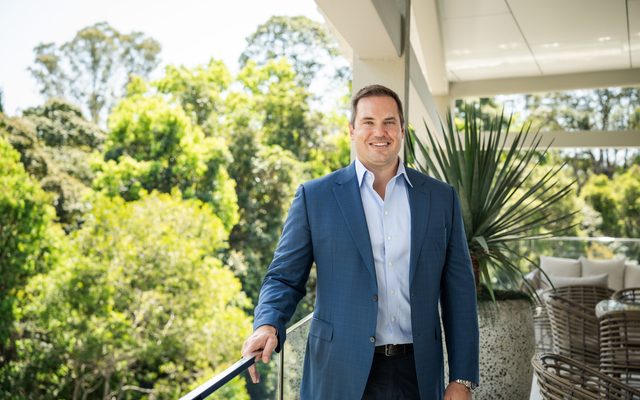This article is from the Australian Property Journal archive
AUSTRALIA’s ageing population is driving systematic change in its healthcare system, according to Colliers International’s Healthcare & Retirement Living Research & Forecast Report.
The report says convergence between residential aged care, home care, retirement villages and hospitals is leading to an evolution of the historical co-located model, to that of vertically integrated retirement villages with residential aged care, and allied health.
Colliers International head of healthcare & retirement living Shalain Singh said the aged care reform is pushing the sector to evolve into a consumer-driven, market-based system where price, provider and care type is determined by the consumer.
“In residential aged care, reforms will likely seek to increase consumer choice across the continuum of care, support industry consolidation and continue the transition from public funding to consumer funding based on means.
“The consumer with even marginal assets and income will be required to contribute increasingly towards their cost of care and accommodation no matter the environment. Ultimately, lower cost options are going to emerge,” he added.
Life expectancy and relatively low levels of fertility are driving the ageing of Australia’s population.
Australians aged 65 years are expected grow from 3.6 million in 2015 to 8.5 million 2055. The proportion of working residents aged 15 to 64 in 1985 was 6.4 workers for every retiree, tipped to reduce to only 2.5 workers per retiree in 2042.
The combined residential aged care and home-based care places are expected to cover 70% of the population over the age of 85 years old.
Singh said operators will need to adapt service models to ensure occupancy and earnings are maintained in the realm of aged care, and scale will become increasingly important to provide additional levers to manage earning.
“Aged care providers will also look to further specialise in care services like mental health in order to potentially diversify revenue streams. Further deregulation is more likely to be promoted as structural changes to allocation of licenses is likely to occur.
“The merger and acquisition market for individual aged care facilities and portfolios is increasing with mega mergers more likely in the future, increasing the number of large operations. Private sector involvement is increasing and is expected to continue over the medium to long term,”
Singh said vertical “apartment-style” villages integrated with medium, high and allied care are anticipated to increase in the coming years, citing Stockland’s medium-rise development in Ashfield in inner-western Sydney, and Australian Unity’s six-story village in Carlton, in Melbourne’s inner-north, as key examples.
“The rising volume of baby boomer retirees preferring to remain in urban settings with access to cost effective care delivery will underpin demand.
“In our view, this and homecare package deployment coupled with effective deregulation of the care delivery outside hospitals and aged care environments, will benefit villages blurring the line between aged care and retirement living, providing village operators the ability to lengthen residents’ stay, resulting in an expansion of their revenue stream,”
Inner-city opportunities, within 10 kilometres of CBDs, will allow for vertical villages and amenity integration.
Super funds and offshore investors, by way of pension or private equity funds, are showing increasing interest in the sector as return profiles continue to improve.
“Consolidation has been a key driver of activity from companies such as Stockland, Lendlease and Aveo who have in recent times undertaken a combined total of $625 million of retirement acquisitions.
“Convergence along the continuum of care means that the gap between demand and supply is smaller than commonly perceived.
“Ultimately, as consumers of care become more financially savvy, the cost versus benefit analysis of care receipt will become more paramount especially in the context of deregulation of care between where a home care package would cap out (20 hours a week) and where aged care at 24/7 kicks in.
“That said, where turbulence exists so does opportunity and we are anticipating that investment volumes from institutions will continue to rise in 2016, increasing their ownership concentration levels and improving the diversity of their portfolios,” Singh said.
Australian Property Journal




